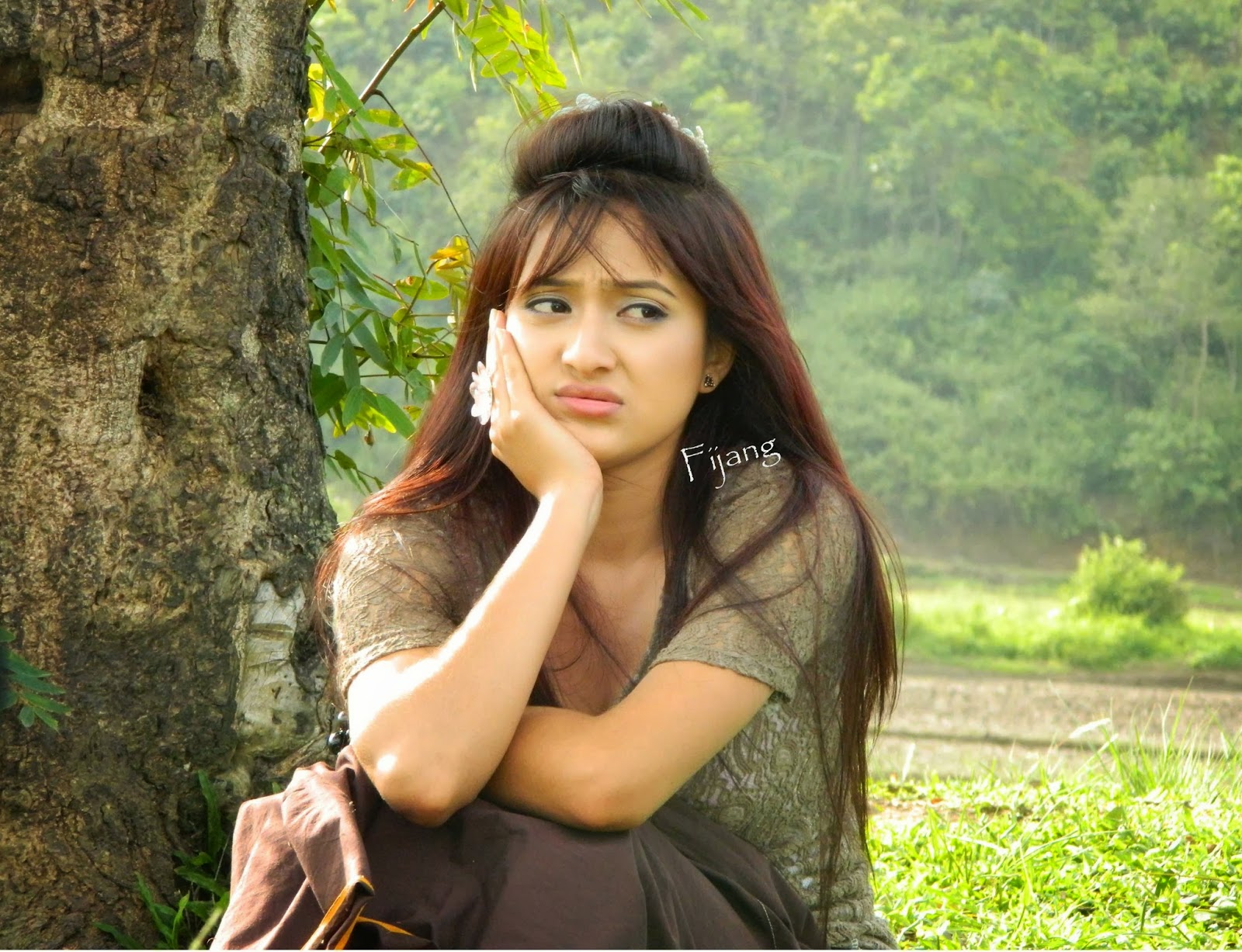The Meitei script:
Meetei Mayek, is an abugida that was used for the Meitei language (Manipuri), one of the official languages of the Indian state of Manipur, until the eighteenth century, when it was replaced by the Bengali script. A few manuscripts survive. In the twentieth century, the script experienced a resurgence.
Since the Meitei language does not have voiced consonants, there are only fifteen consonant letters used for native words, plus three letters for pure vowels. Nine additional consonant letters inherited from the Indic languages are available for borrowings. There are seven vowel diacritics and a final consonant (/ŋ/) diacritic.
One of the unique feature of this script is the use of body parts in naming the letters. Every letter is named after a human body part in the Meitei language. For example, the first letter "kok" means "head"; the second letter "sam" means "hair"; the third letter "lai" means "forehead", and so on.
Months in Meitei Myek:
Weeks in Meitei Mayek:
| Meetei Mayek | |
|---|---|
 | |
| Type | abugida |
| Languages | Meitei language |
| ISO 15924 | Mtei, 337 |
| Direction | Left-to-right |
| Unicode alias | Meetei Mayek |
| Unicode range | U+ABC0..U+ABFF U+AAE0..U+AAFF |









.jpg)


























